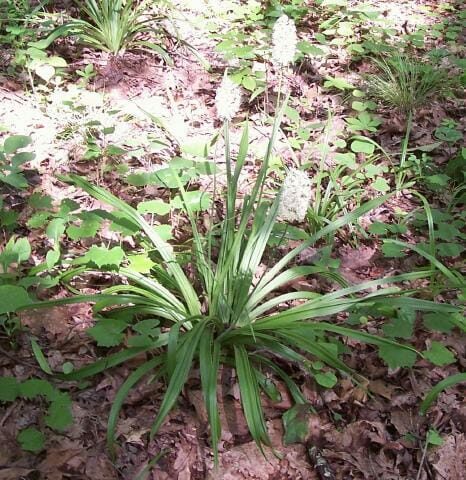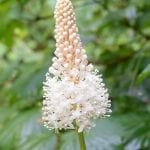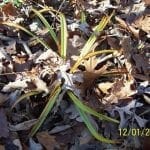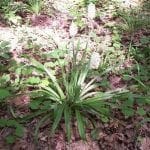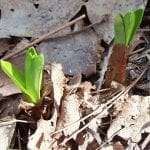- Inflorescence
- Fall foliage
- Capsules forming
- Plant habit
- Spring growth
Scientific Name:
Amianthium muscitoxicum
Common Name:
Fly poison
Scientific Name Pronounciation:
(am-ee-AN-thee-um mus-kai-TOKS-ee-kum)
Plant Type:
Perennial
Plant Hardiness Zones:
4-9
Plant Hardiness Zone(s):
Usual Size:
1-4 ft. H X 2 ft. W
Flower:
Flowers are white, turning greenish with age; dense clusters of small star-shaped flowers on the end of tall stem with leafy bracts; flowers open, over time, from bottom of cluster to top.
Bloom Time Notes:
Late spring
Leaf:
Long, up to 24 inches; straplike and thin; basal; tip of leaf forms a tiny cup.
Fruit:
A capsule
Wildlife:
Pollen and nectar for insects
Natural Habitat:
Moist, wooded slopes; meadows; open fields; bogs.
Propagation:
Bulbs will multiply over time and can be separated.
Bloom Time:
Sun or Shade:
Companion Plants:
Cultural Notes:
Partial shade; average well-drained garden soil; prefers to be kept moist but can tolerate some drought. Flower clusters provide interest over a long period; plant is toxic with the bulb most toxic.
Other Scientific Names: Amianthium muscaetoxicum
Other Common Names: Stagger grass, crow poison

